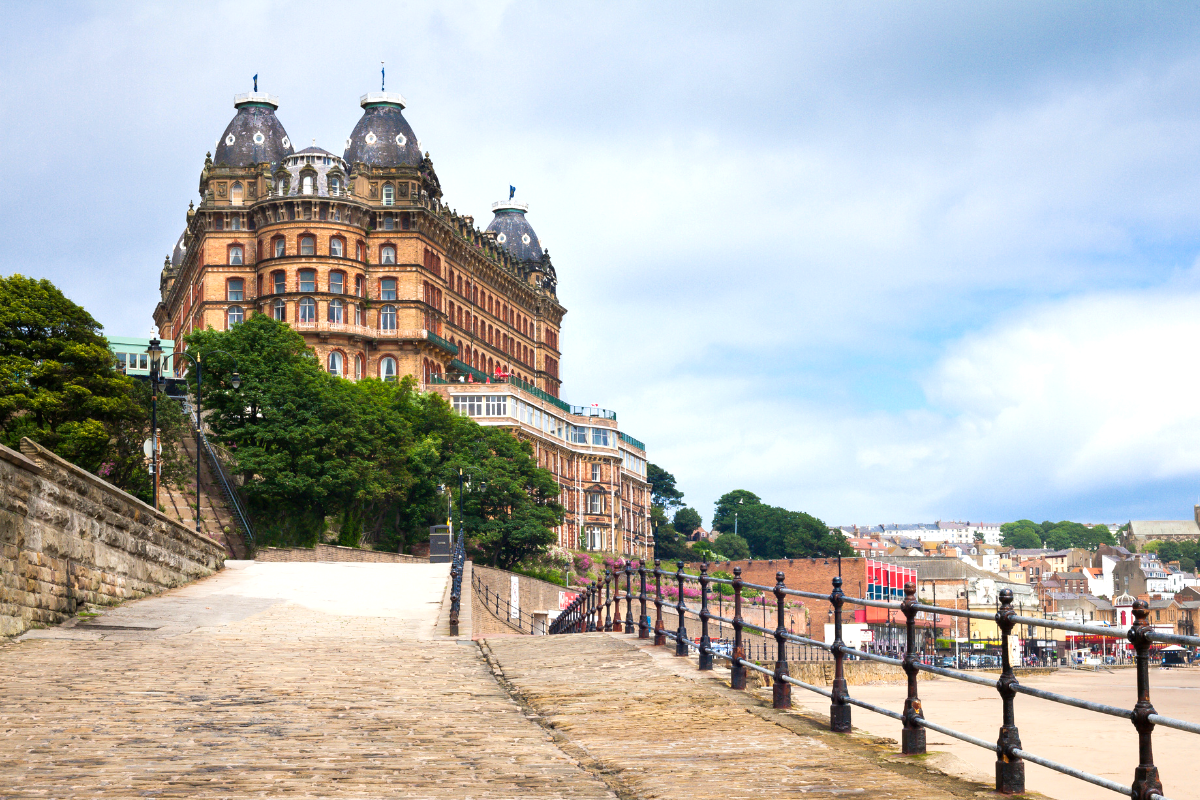
North Yorkshire Council says it has had a ‘very positive’ discussion with Scarborough’s Grand Hotel about installing artificial kittiwake nests on its terrace
It follows a council-funded study into the use of artificial nesting towers for kittiwakes in Scarborough which recommended installing around 1,000 nests on the terrace of the Grand Hotel.
Experts have said the hotel is “the most significant” location in the town for endangered species to nest and its terrace was deemed to be highly suitable for the potential project.
Other potential locations were also considered by an ornithologist who conducted the research for North Yorkshire Council, including Star Map in the South Cliff Gardens, the derelict concrete chalets, and the Old Bathing Building.
Speaking at a recent meeting, Coun Neil Swannick said:
“As regards the kittiwake nesting structures, a lot of it seems to revolve around the Grand Hotel.
“Has Alex Langsam, the owner of the hotel, been in touch and is he on board?”
A council officer said:
“While we were doing the report it was very much in the knowledge that it wasn’t about a specific asset and specific owners.
“But since the report was published, a regional officer has engaged with the hotel. I don’t know if that was with the owner or the manager, but I know that has been done and they had a very positive conversation about the Grand Hotel.”
It comes as the authority has been considering options for limiting the issues and complaints arising from the birds’ guano and noise.
Around 2,500 fire gel pots were previously used to try and reduce kittiwake nests on Spa Bridge, but the research concluded that a “wealth of evidence exists that shows issues with proofing measures and limitations regarding their effectiveness” with only anecdotal evidence to support their effectiveness.
It noted that while “each method appears to offer a level of deterrent capability, this is often limited in duration and effectiveness”.
The Grand Hotel’s terrace presents a “maximum design opportunity” for an artificial nesting structure (ANS) with up to 1,050 nesting spaces, according to the ornithologist commissioned by the council.
The ornithologist said that based on off-shore wind farm expert opinion it was envisaged that any ANS “may only ever be 50 to 60 per cent occupied when fully colonised, i.e., for a maximum design scenario for an ANS on the Grand Hotel terrace this represents an opportunity for potentially 500 to 600 pairs” of kittiwakes.
It was noted that the structures “do not need to be elaborate or expensive” and could be as simple as a series of purpose-made shelving, made from marine ply or other durable wood and supported by a steel structure.



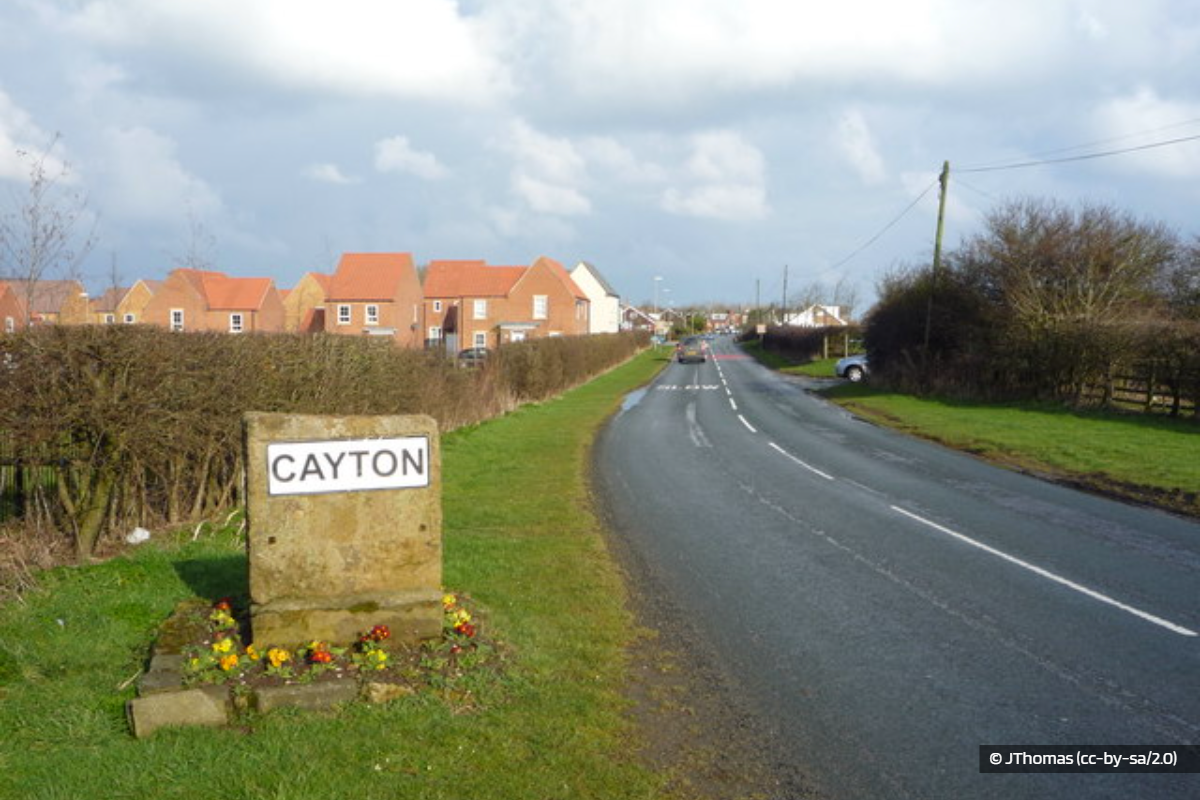 Concern Over Lack of Facilities for Older Residents in Yorkshire Coast Villages
Concern Over Lack of Facilities for Older Residents in Yorkshire Coast Villages
 Scarborough to get New Ambulance Station as Plans Approved
Scarborough to get New Ambulance Station as Plans Approved
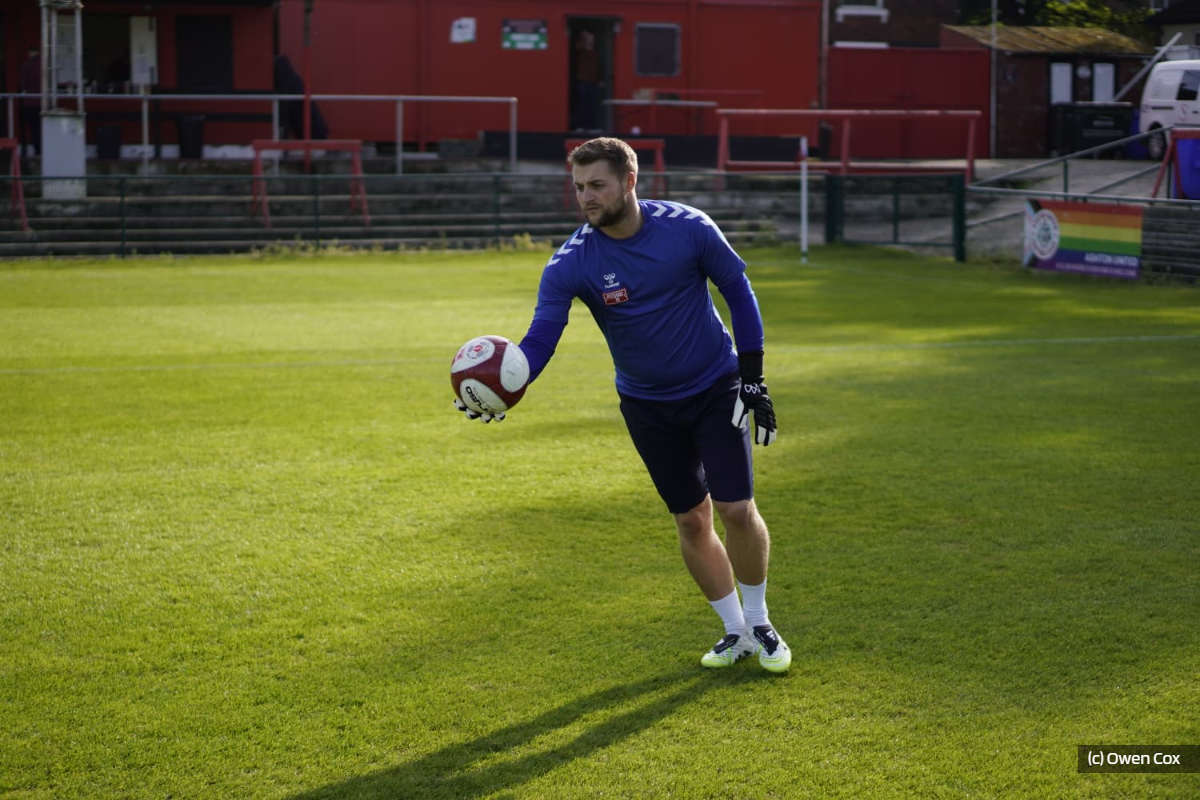 Whitby Town Goalkeeper Targets Appearance Record Ahead of Home Run
Whitby Town Goalkeeper Targets Appearance Record Ahead of Home Run
 Support Grows for Scarborough Town of Culture Bid
Support Grows for Scarborough Town of Culture Bid
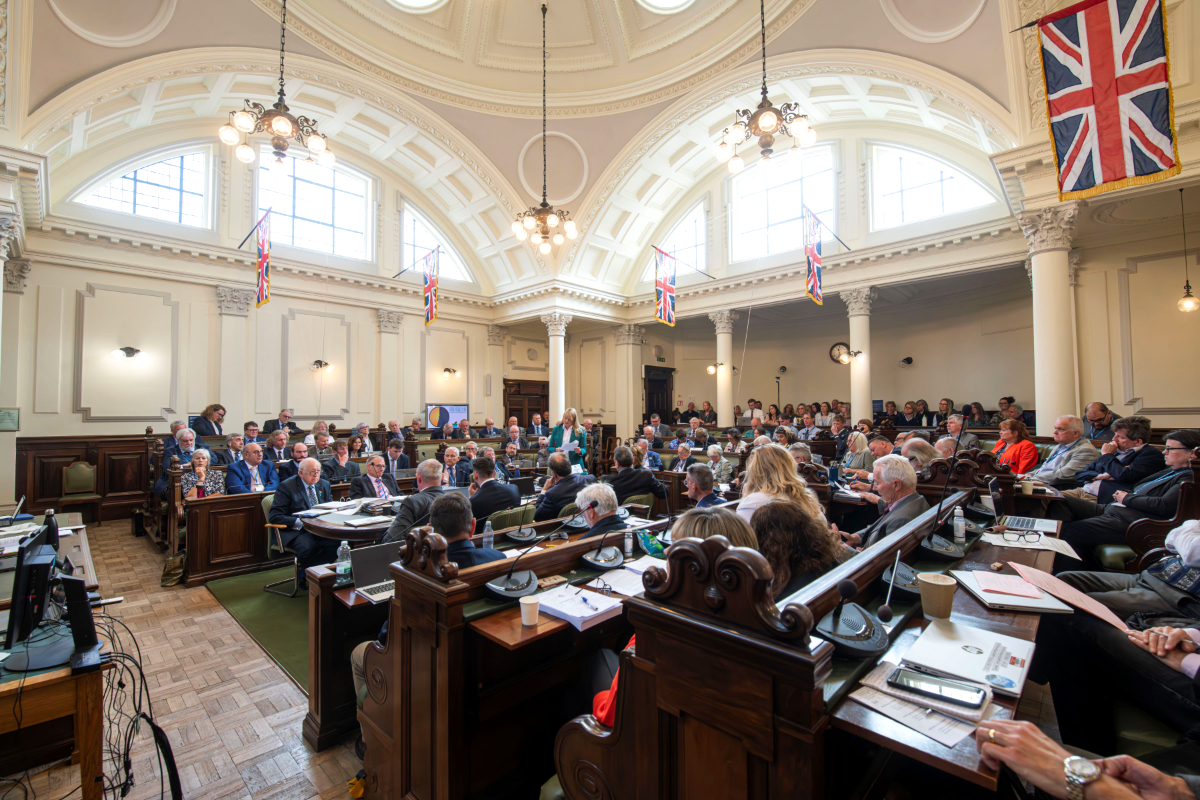 North Yorkshire Councillor Allowances set to Rise by 3.6% to £1.6m
North Yorkshire Councillor Allowances set to Rise by 3.6% to £1.6m
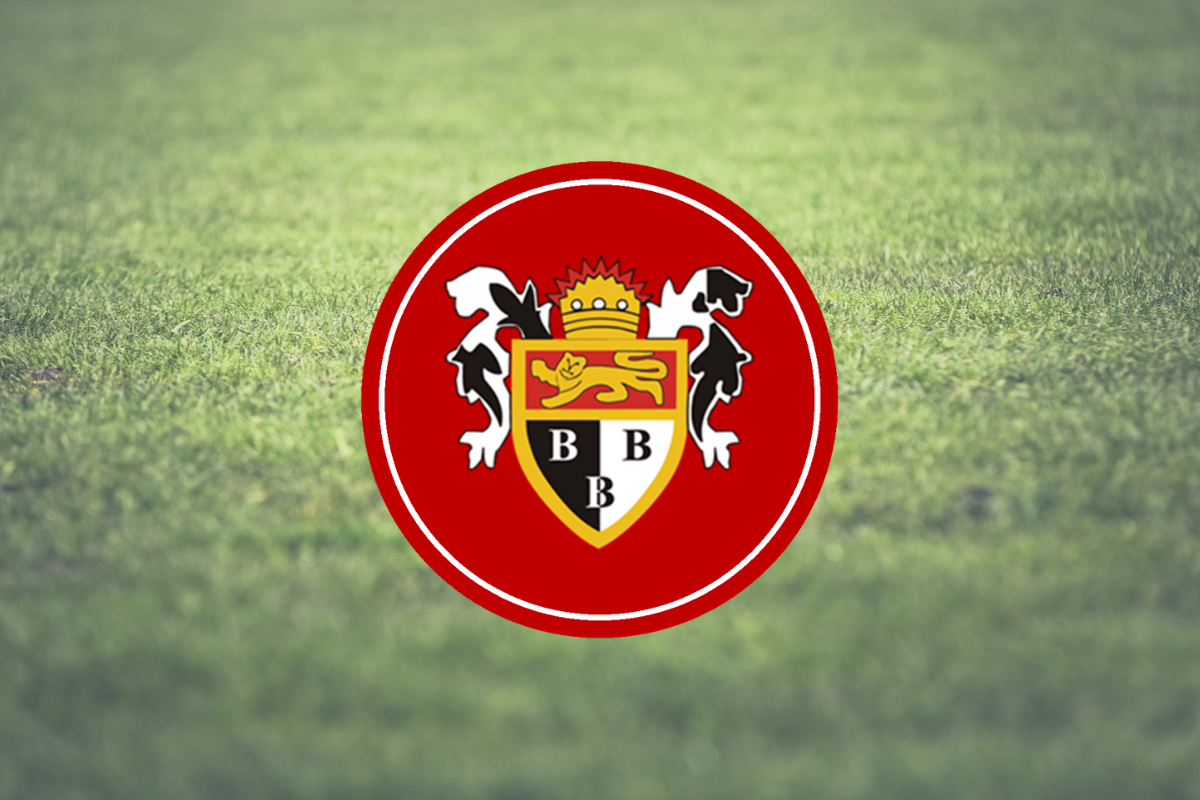 Brid Town: Struggling Seasiders Search For Turnaround
Brid Town: Struggling Seasiders Search For Turnaround
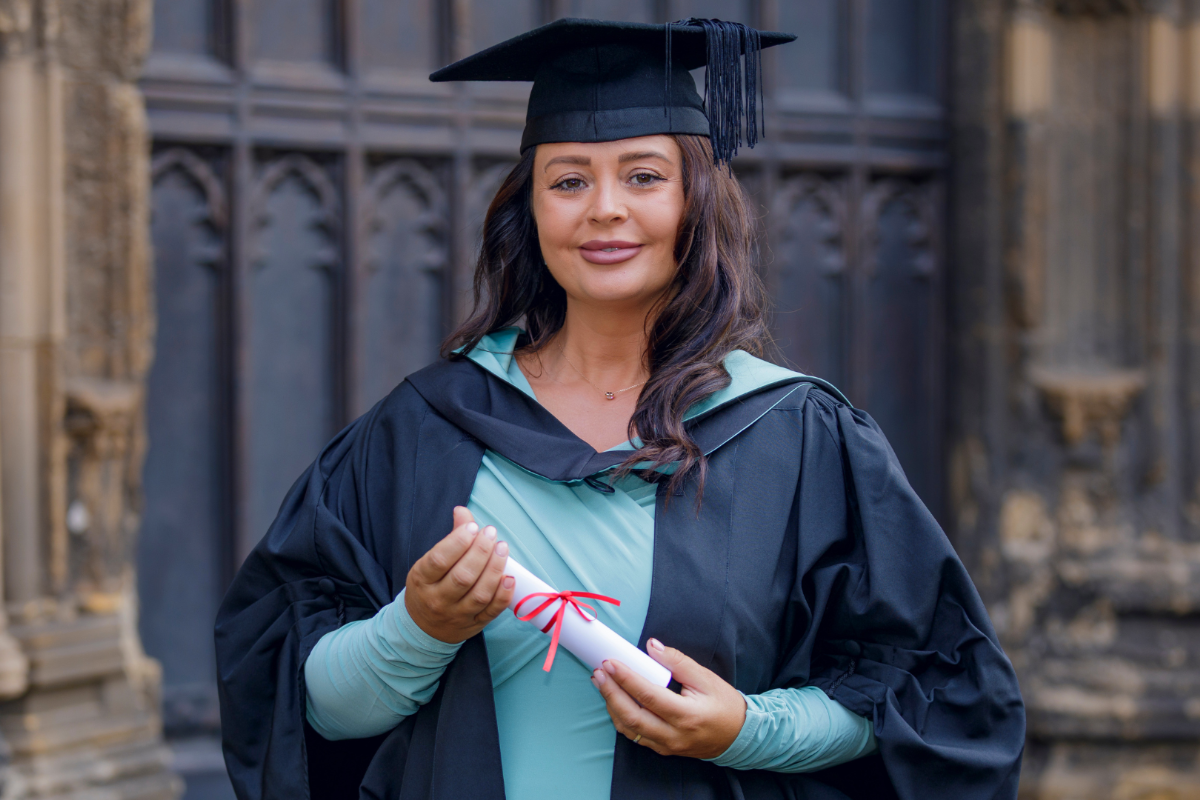 East Riding College Celebrates Annual Graduation Ceremony
East Riding College Celebrates Annual Graduation Ceremony
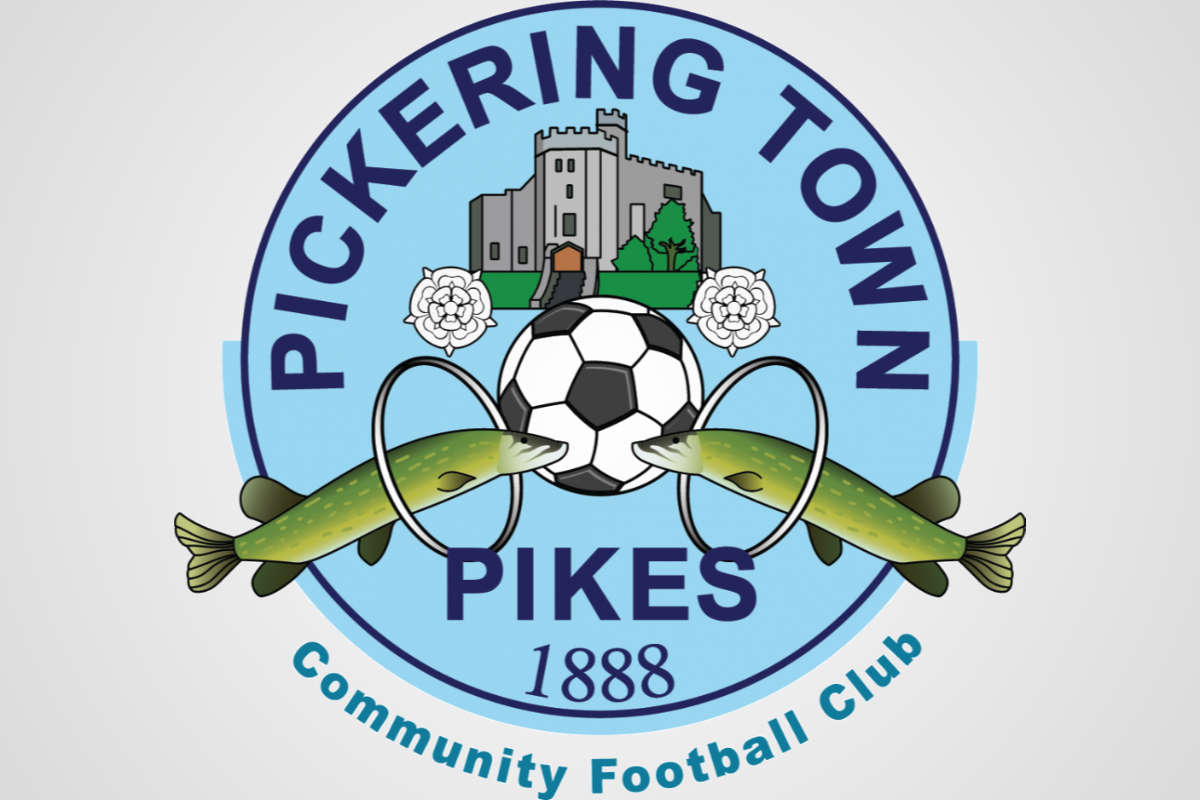 Pickering Town Hunting A Hat-trick
Pickering Town Hunting A Hat-trick
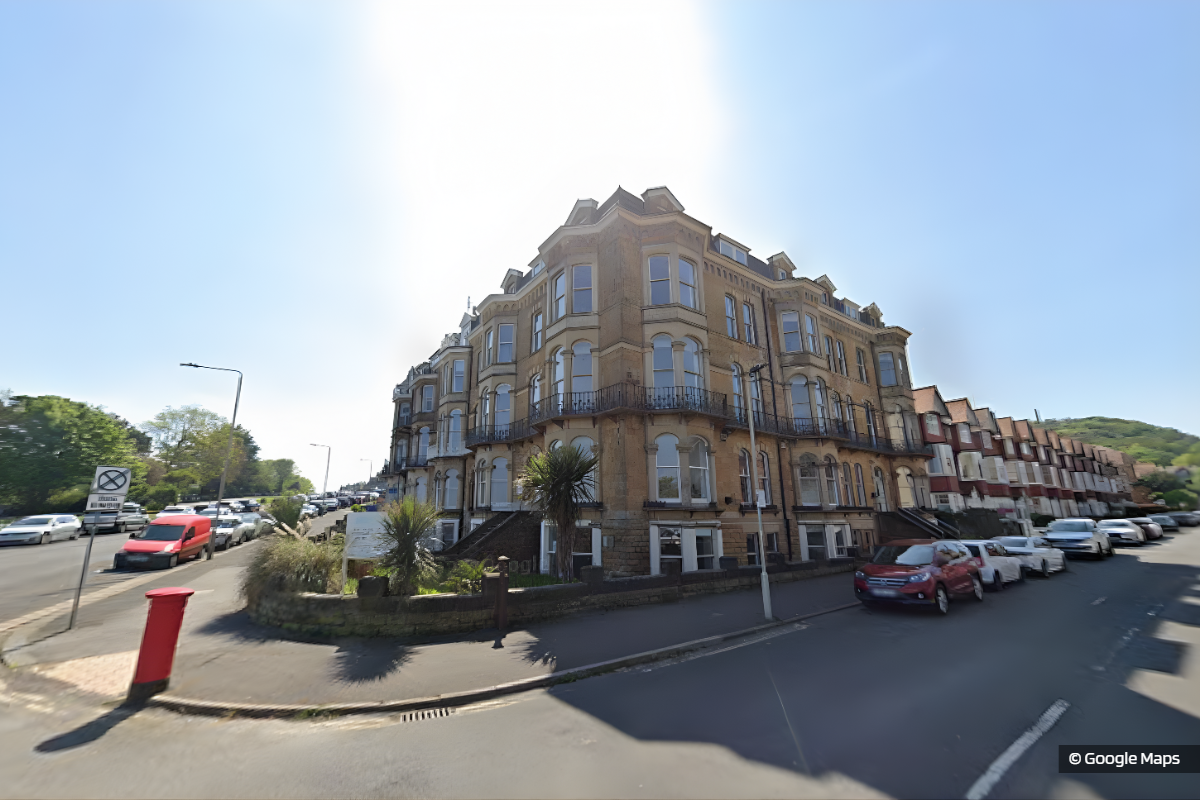 Flats and Swimming Pool Plan Approved for Former Scarborough Hotel
Flats and Swimming Pool Plan Approved for Former Scarborough Hotel
 A64 CLOSED Between Seamer & Staxton Due To Accident
A64 CLOSED Between Seamer & Staxton Due To Accident
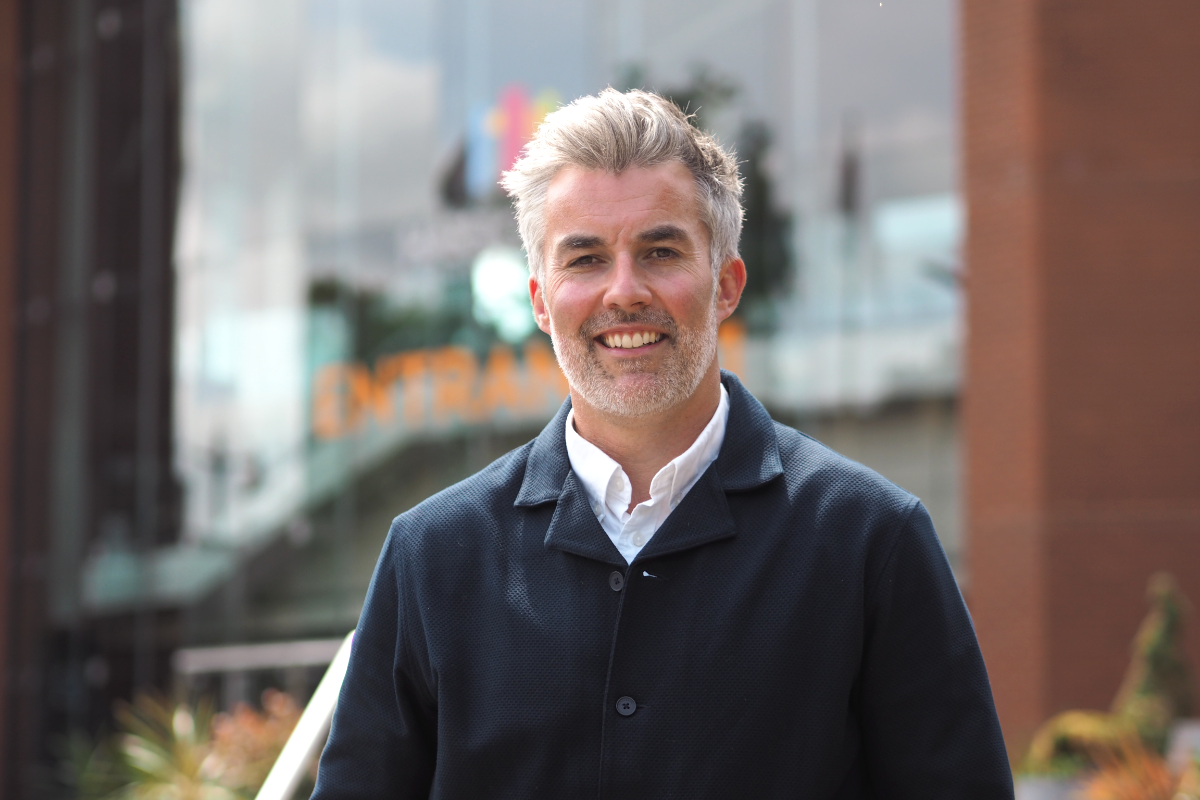 Unique Investment Opportunity For North Yorkshire
Unique Investment Opportunity For North Yorkshire
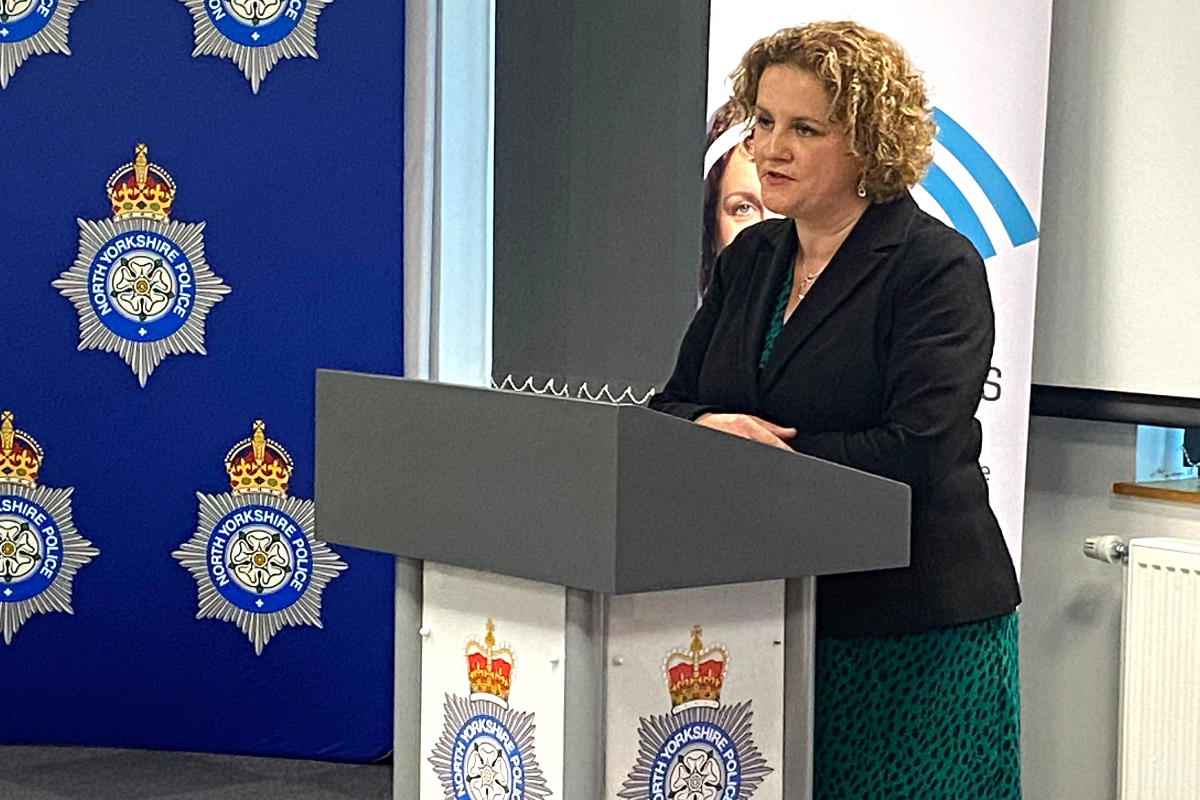 Deputy PCC Mayor Hails Big Anti Social Behaviour Drop in Scarborough Hotspot
Deputy PCC Mayor Hails Big Anti Social Behaviour Drop in Scarborough Hotspot









Comments
Add a comment